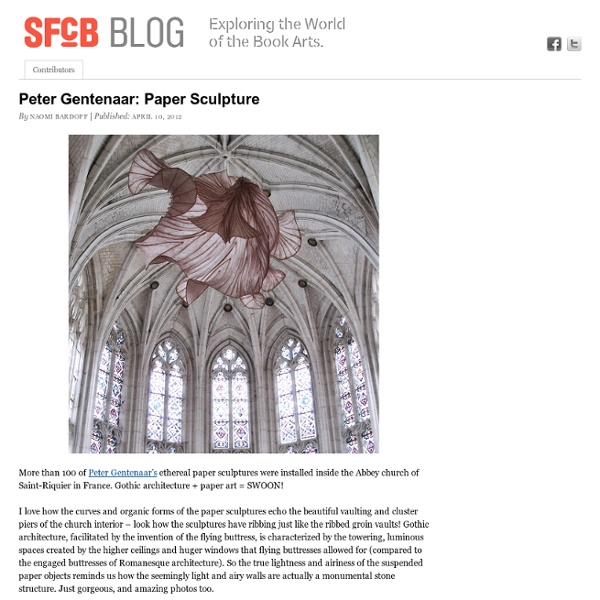m.o.t.o.k.o
El escarabajo para los egipcios:En vida proporcionaba protección contra el mal, visible o invisible, dando diariamente fuerza y poder. En la muerte, quien lo portaba adquiría la posibilidad de resucitar y alcanzar la vida eterna. Una ilustración para el cuento “El tiempo estacionado” de Cesar Reynaga.
Learning with Miriam | Just another WordPress site
Ensayos de Dibujo en El Parqueadero | Fundación MISOL para las artes
MISOL te invita a conocer el proyecto "Ensayos de Dibujo" proyecto ganador de la Beca Nacional para laboratorios 2014, estímulo otorgado por la Fundación Gilberto Alzate Avendaño. Ensayos de dibujo es un laboratorio de encuentro entre dibujantes, que aborda la práctica del dibujo actual de manera teórica y práctica. En él, fue reunido un grupo de 12 artistas que trabajó en el espacio de El Parqueadero (primer piso del Museo del Banco de la Republica) durante 15 días; se realizaron encuentros, charlas con invitados y se desarrollaron una serie de ejercicios individuales y colectivos. Cada artista seleccionado contó con un espacio de trabajo “muro” para desarrollar su Ensayo de Dibujo individual y paralelamente desarrolló las cartas, que establecían un dialogo con los otros participantes. Cuando: Hasta el 21 de Marzo Horario: de 2pm a 7pm Donde: El Parqueadero / Museo del Banco de la República / Calle 11 # 4-21, Bogotá Entrada Libre
I quaderni ricamati di Fabulous Cat Papers – Frizzifrizzi
Chara è greca, vive ad Atene, e ama la carta, in particolare i taccuini. Le piace realizzare cose a mano, le piace ricamare. Da qualche tempo ha unito le sue due grandi passioni per realizzare dei taccuini decorati da bellissimi ricami su carta. Sul suo profilo Etsy scrive che è necessario avere tantissima dedizione e pazienza perché con ago e filo si rischia spesso di danneggiare la carta, ma «il risultato vale la pena». Poi aggiunge: «In questi tempi di tutte cose virtuali, vi invito ad un’esperienza totalmente fisica: a sentire la grana della carta e l’effetto 3D creato da semplici fili di cotone, di riconoscere o ricordare il piacere di scrivere su un blocco di carta con una semplice matita…». I temi da cui trae spunto per i suoi variopinti ricami, realizzati quasi esclusivamente su preziosa carta giapponese, arrivano dall’anatomia umana, dalle scienze, dal Giappone, da antichi dipinti e in generale dalla natura e da qualunque cosa attiri la sua attenzione e la ispiri.
10 Artists Who Contemporize the Ancient Craft of Embroidery
Embroidery is a timeless craft that transcends cultures and geography, having been found as early as the 30,000 BC in Russia, 3500 BC in China… Although it started as a way to tailor and mend clothing, techniques were developed and opened up the possibilities for decorative stitching. As time went on, tapestries became increasingly sophisticated and recognized as a form of art. Contemporary embroidery reflects the craft’s rich past, with many artists using ancient approaches to express themselves, their environment, or even commercially—embroidery in illustration is gaining quickly popularity. Above: Juana Gomez maps out an intricate system of veins with embroidery floss. Embroidered interior scenes mimic the look and feel of a still life painting. Sarah K. Inspired by her own potted plant collection, artist Sarah K. Embroidery creates an unconventional form of hand-lettering. Maricor / Maricar The twin-sized studio known as Maricor / Maricar specializes in embroidered text. Izziyana Suhaimi
Kevin Simón Mancera
Una selección de todas las palabras con cualquier connotación negativa encontradas en el diccionario resulta en una larga lista de pesimismo y ofensa, tratadas con un dibujo largo y paciente. El negro del contenido sobre el rosa del soporte proponía una ironía del ejercicio de leer, escribir, y dibujar. Cada palabra tenía una sólida elaboración que le diera cuerpo adicional a su contenido. Técnica: tinta sobre papel Dimensiones: 40 dibujos de 21 x 27 cm.
DAN ESTABROOK | Images and information for the artist Dan Estabrook
Louise Bourgeois | I AM AFRAID (2009), Available for Sale
Beginning her artistic practice in her native Paris, Louise Bourgeois was originally associated with Surrealism due to her integration of fantastic elements into her prints and sculptures. Upon moving to New York in 1938, Bourgeois focused primarily on sculpture, crafting biomorphic forms that curator Lucy Lippard has described as enacting the physicality of the body as experienced from within. Bourgeois’s suggestive organ-like contours and early use of unconventional materials (like resin, latex, and cloth) allude to a tension between quintessentially male and female forms. This recurrent interrogation of the male/female dialectic aligns Bourgeois with the Feminist movement, but her work has also been examined through the lens of Abstract Expressionism, as she exhibited with artists such as Robert Motherwell, Jackson Pollock, and Mark Rothko.
Fred Sandback | Artists | Lisson Gallery
The American artist Fred Sandback (1943–2003) worked with elastic cord and acrylic yarn to delineate or bifurcate three-dimensional space, creating room-filling volumetric forms using the most minimal of means. By stretching single strands of yarn point-to-point to create geometric figures, Sandback’s near intangible objects nevertheless amounted to precise and subtle delineations of pictorial planes and architectural volumes. Despite this relationship to the built environment and to the practice of drawing, he became known primarily as a Minimalist sculptor, alongside such contemporaries as Dan Flavin, Donald Judd, Sol LeWitt and Carl Andre, but Sandback was also a forerunner of and a major influence on many of today’s installation artists. Contrary to his own matter-of-fact artistic statements about his practice, his work has been said to conjure up references to architecture, painting, sculpture and even music, given his early fascination for stringed musical instruments.



